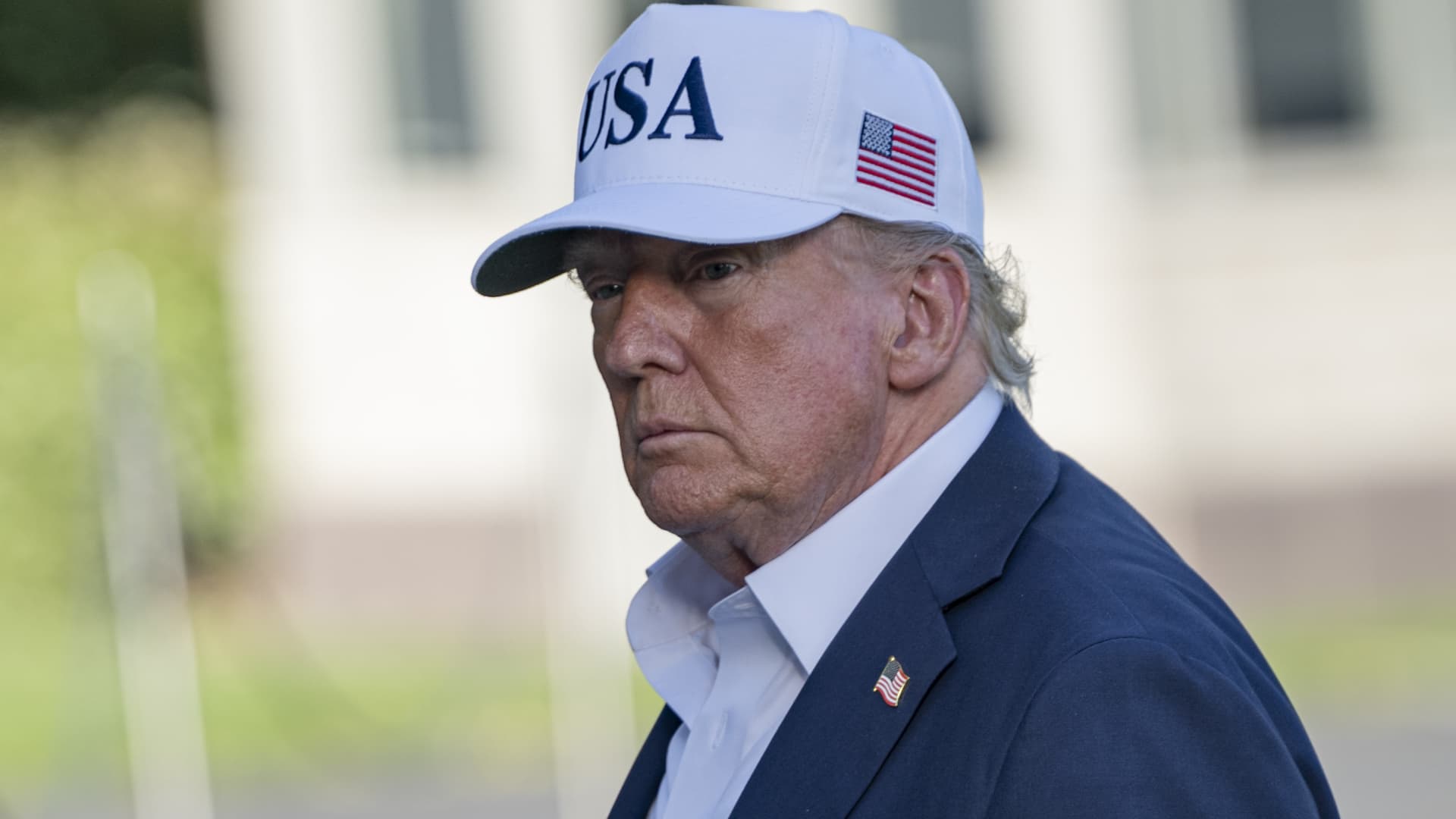The global stock markets have undergone a remarkable transformation in their response to tariffs, particularly those imposed by former U.S. President Donald Trump. What once triggered panic and volatility has now become a familiar backdrop, with investors seemingly unfazed by the specter of trade wars. This shift in market sentiment is a fascinating case study in economic adaptation, psychological bias, and the evolving dynamics of global trade.
The Initial Shock and Awe
When Trump first began implementing tariffs, the market reaction was swift and severe. Stock prices plummeted, particularly for companies reliant on international trade. The volatility index spiked, reflecting heightened investor anxiety. The lack of a clear strategy and the unpredictability of Trump’s announcements—often made via social media—amplified these fears. The initial reaction was understandable, as tariffs introduce uncertainty and friction into global trade, potentially disrupting supply chains and increasing costs.
However, as time passed, the market began to adapt. Investors grew accustomed to the rhetoric, learning to differentiate between serious policy changes and mere negotiating tactics. The “Tariff Man” persona became a known quantity, and the market developed strategies to mitigate the impact of tariffs. Companies diversified their supply chains, absorbed some of the cost increases, or passed them on to consumers. Central banks also played a crucial role in stabilizing financial conditions, providing a cushion against the negative effects of tariffs.
The Learning Curve: Adaptation and Resilience
Several factors contributed to the market’s growing indifference to tariffs:
- Familiarity Breeds Contempt: As tariff threats became more frequent, they lost their shock value. Investors learned to discount initial announcements, waiting to see how negotiations would play out.
- Assessing the Actual Impact: The real-world impact of tariffs proved to be more nuanced than initially feared. While some sectors were negatively affected, others managed to adapt and even thrive.
- Central Bank Intervention: Central banks around the world signaled their willingness to intervene, providing liquidity and stabilizing financial conditions. This helped to offset some of the negative effects of tariffs.
- Negotiating Tactics Unveiled: It became clear that tariffs were often used as a bargaining chip in trade negotiations. Trump’s administration would threaten tariffs to pressure trading partners, then dial back the threats once a deal was reached. This pattern became predictable, and markets learned to discount initial announcements.
- Focus Shifting Elsewhere: Other factors, such as economic growth, corporate earnings, and geopolitical developments, gained prominence in the market’s calculations. The relative importance of tariffs diminished as other issues took center stage.
The Echo Chamber: Confirmation Bias and Market Sentiment
Psychological biases also played a significant role in shaping market sentiment. Confirmation bias—the tendency to seek out information that confirms pre-existing beliefs—likely contributed to the growing perception that tariffs were not as damaging as initially feared. As more analysts and commentators began to downplay the risks, investors became more likely to accept this narrative.
Furthermore, market momentum and herd behavior can amplify these trends. Once a consensus forms that tariffs are not a major threat, investors may be reluctant to buck the trend, fearing that they will miss out on potential gains. This can lead to a self-fulfilling prophecy, where the market’s indifference to tariffs reinforces the perception that they are not worth worrying about.
Is the Bluff Being Called?
The evidence suggests that, to some extent, global stock markets have indeed learned to “call Trump’s bluff” on tariffs. This does not mean that tariffs are entirely irrelevant. They still have the potential to disrupt trade flows and harm specific industries. However, the market’s reaction has become far more muted, reflecting a greater understanding of the dynamics at play and a belief that the worst-case scenarios are unlikely to materialize.
This shift in sentiment has important implications. It suggests that the global economy may be more resilient to trade tensions than previously thought. It also raises questions about the effectiveness of tariffs as a negotiating tool. If markets are no longer swayed by tariff threats, then their leverage diminishes.
A Word of Caution: The Risks Remain
Despite the market’s apparent complacency, it is important to remember that risks remain. A full-blown trade war, with escalating tariffs and retaliatory measures, could still have significant negative consequences for the global economy. Moreover, even if a major trade war is avoided, tariffs can still distort trade patterns, raise prices for consumers, and reduce overall economic efficiency.
Furthermore, the market’s perception of tariffs can change quickly. A single event, such as a sudden escalation of trade tensions or a disappointing round of negotiations, could trigger a renewed bout of market volatility. It is therefore crucial to remain vigilant and to avoid complacency.
Conclusion: The New Normal?
The evolution of the market’s response to tariffs reflects a complex interplay of economic factors, psychological biases, and political considerations. What began as a source of profound anxiety has gradually become a more manageable risk. While the threat of tariffs has not entirely disappeared, the market has learned to adapt, to assess the actual impact, and to focus on other factors that drive economic performance.
However, this newfound equilibrium should not be mistaken for a permanent state of affairs. The global trade landscape remains uncertain, and the potential for disruptive events remains. Prudence and vigilance are essential. The markets have perhaps learned to live with the *threat* of tariffs, but the true test will come if and when those threats translate into a truly damaging reality. The boy who cried wolf eventually faced a real wolf; whether the markets are truly prepared for that moment remains to be seen. The lesson learned is not to ignore the warnings, but to understand their true weight and to prepare accordingly. The future of global trade depends on it.

